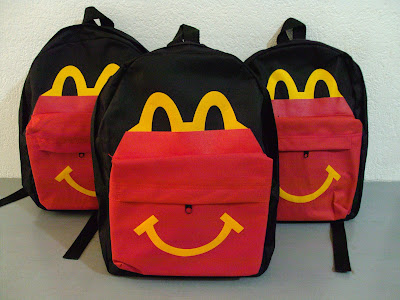Public Urged to Take Precaution against Mercury Exposure following Fabella Spill
(Photo by Rene H. Dilan, Manila Times)
One week after the lamentable mercury spill at the Dr. Jose Fabella Memorial Hospital, a waste and pollution watchdog urged the general public to be mindful of the other mercury spills that might be happening right under their noses.
In a bid to encourage the public to be more safety-conscious, the EcoWaste Coalition called for increased citizens’ alertness on potential sources of exposure to mercury at home and the community and the need for preventive action to safeguard human and ecological health.
Studies have shown that exposures to mercury, a toxic element, can permanently harm the
brain and nervous system, as well as damage the heart, kidneys, liver
and lungs and weaken the immune system; hence the necessity to keenly observe essential precautionary measures.
“Aside from avoiding fish or shellfish contaminated with mercury, we
need to be on the lookout for other ways by which we can be exposed to
mercury such as through mercury-added products,” said Thony Dizon,
Coordinator of the EcoWaste Coalition’s Project Protect.
"By
keeping ourselves informed and alert, we can prevent and reduce the
adverse effects of mercury exposure to our health and that of the
environment," he said.
According
to the United Nations Environment Programme (UNEP), "the use of mercury
in products can lead to releases of the metal during manufacture,
usage, recycling and disposal."
The group, which is running a campaign on toxic chemicals in products,cited a few examples as to how mercury is inadvertently spilled due to the improper usage, recycling and disposal of mercury-added articles such as fluorescent light bulbs, skin whitening cosmetics and measuring devices.
For instance, mercury as vapor in the glass tubing is released when new
or used mercury-containing lights such as circline, compact and linear
fluorescent lamps are broken, or when busted lamps are crushed during
waste collection and informal recycling activities.
Inorganic mercury in some skin bleaching or whitening creams, lotions
and soaps, on the other hand, is absorbed through their application to
the skin and the inhalation of mercury vapor caused by such cosmetics,
which can expose even non-users to mercury.
While elemental or metallic mercury in fever thermometers and other measuring gadgets is spilled when the device breaks,
exposing the toxic silvery substance and making it evaporate and turn
to a vapor.
To prevent and reduce mercury releases that can build up in fish,wildlife and people, the
EcoWaste Coalition echoed UNEP's call for "transitioning away from mercury-containing products to mercury-free alternatives."
The group also urged the public to responsibly handle and store
products laden with mercury and to correctly dispose of mercury-containing discards as hazardous waste that should not be
mixed with ordinary trash, dumped or burned.
The group likewise urged citizens to follow basic safety procedures
for cleaning up mercury spills as recommended by health and environmental authorities.
To guide the public, the EcoWaste Coalition reiterated the following “What Never to Do
after a Mercury Spill” as prescribed by the US Environmental
Protection Agency:
1. “Never use a vacuum cleaner to clean up mercury. The vacuum will
put mercury into the air and increase exposure.”
2.”Never use a broom to clean up mercury. It will break the mercury into smaller droplets and spread them.”
3.”Never pour mercury down a drain. It may lodge in the plumbing and
cause future problems during plumbing repairs. If discharged, it can
cause pollution of the septic tank or sewage treatment plant.”
cause pollution of the septic tank or sewage treatment plant.”
4.”Never wash clothing or other items that have come in direct contact
with mercury in a washing machine, because mercury may contaminate the
machine and/or pollute sewage. Clothing that has come into direct
contact with mercury should be discarded.”
5. “Never walk around if your shoes might be contaminated with
mercury.”
-end-
Reference:
http://www.unep.org/hazardoussubstances/Portals/9/Mercury/Products/HgProductsPartnership-trifold-130116-WebVersionHyperlinked.pdf
http://www.epa.gov/hg/spills/
http://www.unep.org/hazardoussubstances/Portals/9/Mercury/Products/HgProductsPartnership-trifold-130116-WebVersionHyperlinked.pdf
http://www.epa.gov/hg/spills/






Comments